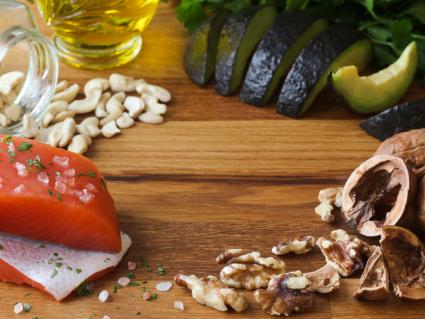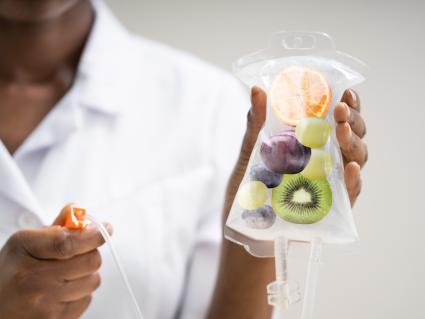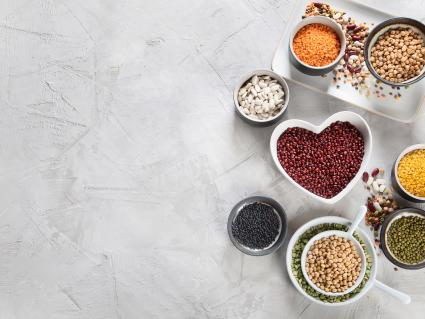Optimal Nutrition Crucial to Lyme Regimen

Proper nutrition can improve resiliency when battling Lyme disease.
Did you know that a crucial piece of any Lyme disease treatment regimen is optimal nutrition? Whether or not a person with Lyme disease is on active therapy for the disease, eating well can decrease symptoms from the disease, and can help therapies to work more effectively. The goals of eating a “Lyme Diet” include reducing inflammation in the body, supporting the immune system, preventing candida (yeast) growth and promoting healthy digestive function, supporting the body’s hormonal systems, and supporting detoxification. An organic (if feasible), whole-foods diet rich in vegetables, some fruit, high-quality protein, and “good fats” (containing anti-inflammatory omega-3-fatty acids) is ideal.
One of the most important parts of a Lyme Diet is minimizing consumption of sugar and carbohydrates. Not only does sugar fuel the growth of yeast, but it also supports growth of the spirochete bacteria that cause Lyme disease, Borrelia burgdorferi. Adequate probiotics (up to 100-200 billion organisms per day) and natural anti-fungals such as garlic, oregano, and coconut oil, as is sugar and carbohydrate restriction. Carbohydrates are not created equally; while all carbohydrates ultimately break down into simple sugars, there are good choices that one can make. Simple sugars, such as refined white sugar in cakes and cookies, have very little nutritional value and are a source of saturated fats and gluten, not supportive of health. More complex carbohydrates (in cereals and flour) can still feed yeast, as these are broken down into simple sugars. Fruits, although healthier due to vitamin and mineral content, still can feed Lyme and should be limited in consumption in Lyme patients. The best source of carbohydrates come from vegetables such as broccoli, leafy greens, and salads. These also are rich in fiber which benefits detoxification through elimination.
Part of a good Lyme Diet also includes minimizing or eliminating consumption of gluten. Many Americans are on the spectrum of gluten intolerance but they do not realize it; some of these symptoms overlap with symptoms of Lyme disease and are signs of inflammation such as heartburn, bloating, gas, abdominal pain, fatigue, muscle and joint pain, headaches, and skin rashes. It is known that gluten is pro-inflammatory. Often gluten cannot be properly broken down by enzyme systems, and gluten can trigger an autoimmune response. Avoiding gluten in Lyme is very important since there is already such a high degree of inflammation in the body with the disease, and avoidance also removes a source of immune activation.
As dairy foods are generally pro-inflammatory, elimination of dairy is often recommended in Lyme disease, especially if a patient is having significant gut issues. I personally feel that the benefits of probiotic-rich yogurt may outweigh the inflammatory potential in some patients, however.
So a cornerstone of cutting-edge Lyme treatment is good nutrition, which can improve a person’s resilience in dealing with the disease. Immune support, inflammation management, hormone regulation, and detoxification functions can all be influenced favorably by healthful nutritional intake, and having such control in Lyme disease can be very self-empowering for those dealing with these pesky spirochetes! Happy May!!





















